PFest Shells: Gotta Try Federal
You guys know that being Serious means staying on top of the latest and greatest gear. Which we do – except in the case of Federal Premium shotshells. This is one party we’re embarrassingly late to.
As we’ve said in our book and here, we wholeheartedly believe in using quality shotshells when patterning our guns and for hunting. Yet in saying that, we figured that outside of plated shot and tungsten-type lead alternatives, there wasn’t much new under the sun in shotshell land.
Doh!
Here’s why I stopped by the Federal booth at Pheasant Fest: I didn’t know much about Federal shells and hadn’t used them much, but kept hearing about these Black Cloud duck shells and the Prairie Storm pheasant shells – meaning I was hearing good things from hunters.
So I had to find out what was going on. I mean, were these guys just victims of marketing hype or was there something important I’d missed?
I wasn’t giving these guys enough credit because here’s the bottom line: Federal’s Flitecontrol wad has changed the shotshell industry. (In case you doubt it, a sure sign is that other manufacturers are trying to knock it off.) Here’s how it works, from an interview with a Federal engineer:
In a conventional wad, as soon as the wad leaves the barrel, it has petals that open up in the front and dispense the shot into a cloud so that the shot isn’t protected in any way. With the Flitecontrol wad, as soon as it exits the barrel, the shot is kept inside the wad. There are no slits in the shot cup portion and the shot is contained in the wad for an extended period of time, say anywhere up to 10 yards, depending on the configuration of the wad.
What happens is the slitting in the overpowder [rear] section opens up and starts slowing the wad down. Instead of releasing the shot in a cloud, it starts slowly backing away from the tight shot string sitting inside the wad, and releases the shot that way.
The biggest difference is that the FC wad is a rear-braking wad that pulls itself off the shot and conventional wads kind of “throw” the shot out there. This is how we get such tight patterns.
The engineer called this “revolutionary, but not complicated.” At Pheasant Fest, I talked to Federal Premium PR manager Tim Brandt – a Serious bird hunter – and he put it this way: “The Flitecontrol wad made shells more lethal – not faster, and we didn’t add more shot.”
That’s a huge change in shotshell design and function, and although easy to understand of course wasn’t simple to get right. For example, Federal needed new, slower-burning powders to make this work. Judging from feedback and sales, they got it to work!
I should also mention the Flitestopper pellets, which have a sharp “belt” around the middle that acts as a cutting edge to open wound channels. Doesn’t sound pretty, but if the birds go down faster and die quicker, that’s all that matters.
Testing, 1-2-3, Testing….
Bottom line here is I can’t wait to put these shells in my gun. We’ll be hunt-testing the Prairie Storm and upland Wing-Shok loads this year, and of course will report back here.
For grouse, I’m thinking a Wing-Shok load in the bottom barrel and a branch-busting Prairie Storm shell (made in 12ga and 20ga) in the second barrel. Or maybe 20ga #6 Prairie Storms in both if the shots are longer. One thing we’ve seen more than a few times this season is that good shells with #6 plated shot can really knock birds down, in ways #7.5s sometimes don’t.
Tim added that Federal is working on more shotshell innovations with the Flitecontrol wad and Flitestopper pellets, “true gamechangers that make sense and are affordable.” Cool. If I have a vote, here it is: create a shell for Serious bird hunters, a bit slower and maybe faster-opening than the Prairie Storm, #6, #7.5 and maybe #8, in 12ga, 20ga and 16ga.
More
> Prairie Storm loads are supposed to give hunters “consistent patterns with less choke constriction,” which sounds great since we’re huge proponents of open chokes. The pheasant-centric example Federal gives is that these loads plus a mod choke gets you 80% of the pattern in a 30-inch circle at 40 yards.
> Every time you buy a box of Prairie Storm loads, a portion of the price goes to Pheasants Forever.
More: Find Shells on the Road
You’re out hunting a place you’ve never been and need shells, or are going to such a place and don’t want to pay the airlines a $50 heavey-bag penalty to transport your shells. How do you find what you need?
Federal Premium’s new mobile website: http://m.federalpremium.com/
You can do various things with it, but our favorite functions are the product look-up and especially the Google Maps dealer locator, which includes directions to that dealer from your location. Nice.
Category: Ammo/shells, Federal Premium, Pheasant Fest, Pheasants Forever

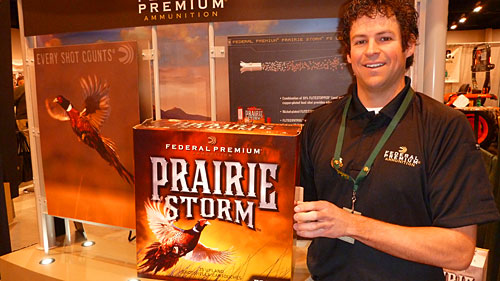
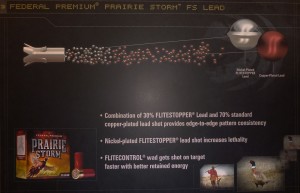




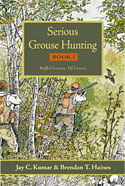
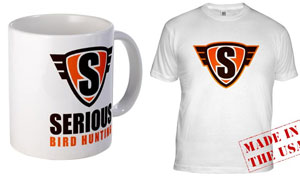

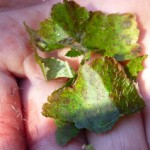
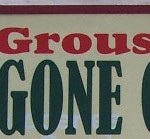
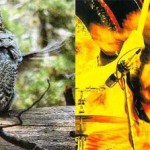
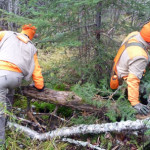
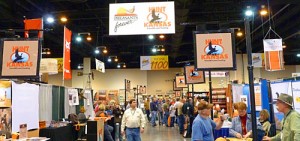
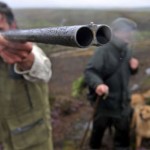
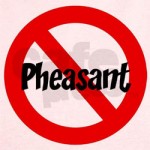
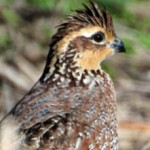
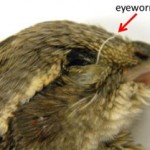
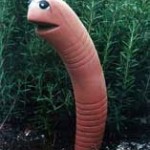
I had good results this season with #6 Prairie Storm on pheasants in Ohio, and #7 1/2 Wingshok Upland loads in 12ga and 20ga on grouse in Michigan. I’ve been a big fan of Winchester Super Pheasant and Super-X shells, but decided to try Federals this year after hearing good things about the newer loads. So far, so good.
In the Oregon Cascades I have found the shooting windows to be narrow and quick. My 1st year of serious grouse hunting I was only hitting about 1for 8…ouch! I was shooting a 12 gauge white onyx and had trouble catching the barrel up to the birds before they disappeared. I have made three changes. 1. 20 ga white onyx (quicker swing), 2. OSP flashlight drill (quicker target acquisition) and 3. The Original SpreR in 7.5 . I believe the latter made a huge difference. I use this for my bottom barrel and Fiocchi’s Golden Pheasant # 6 in my top for that occasional second shot.
My this years bird per shot average was 2.25 which I consider phenomenal for me. I will say that if I would have been hunting dogless, SpredR loads may have been an issue since a majority of those birds were returned to hand and had to be dispatched but since all birds that I saw hit were retrieved I am good with that. The other upside has been cleaner meat for table fare.